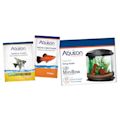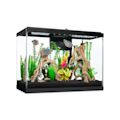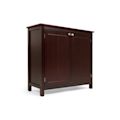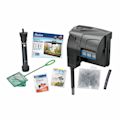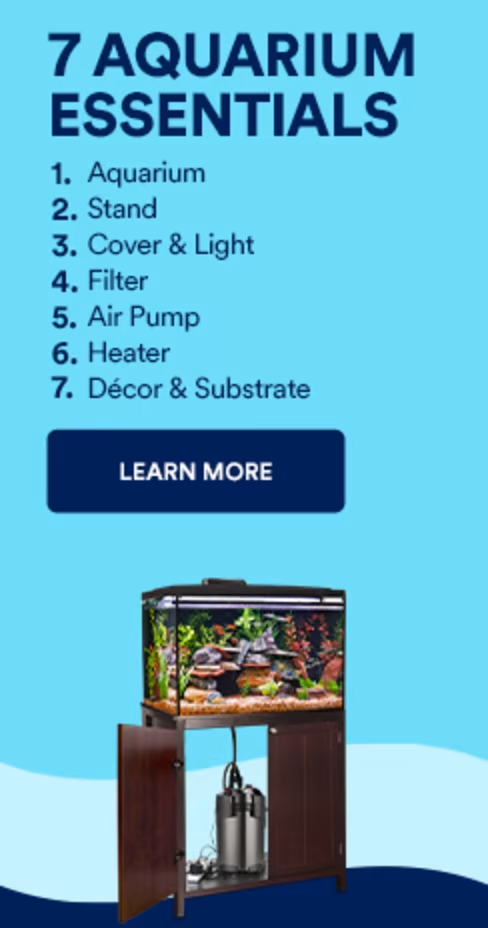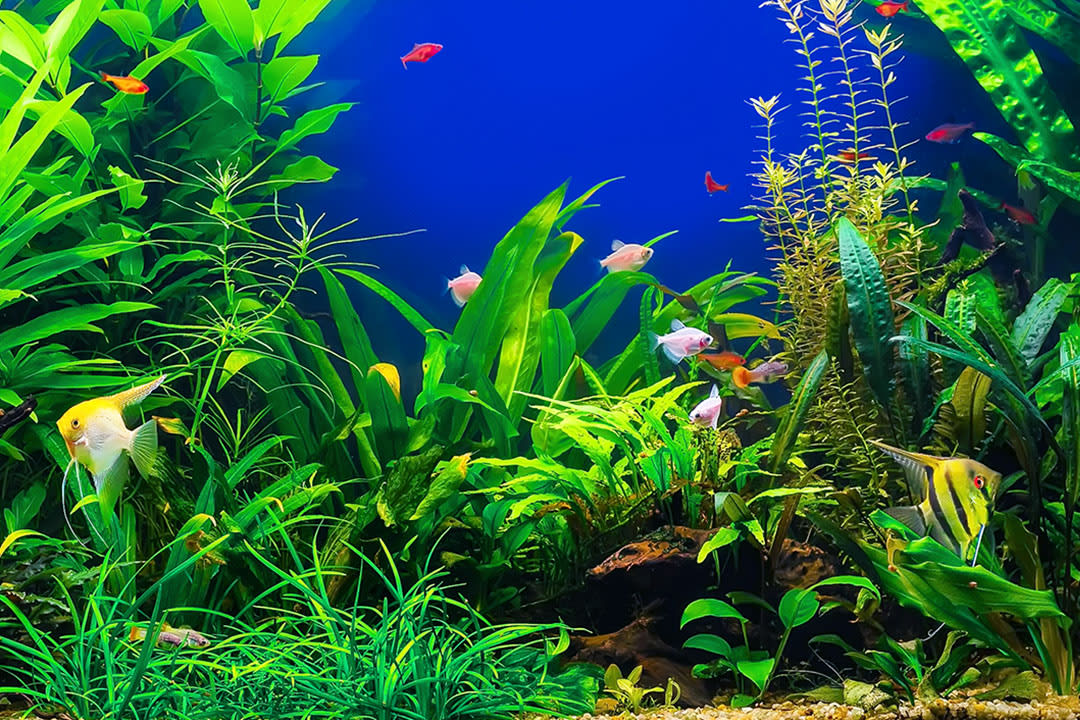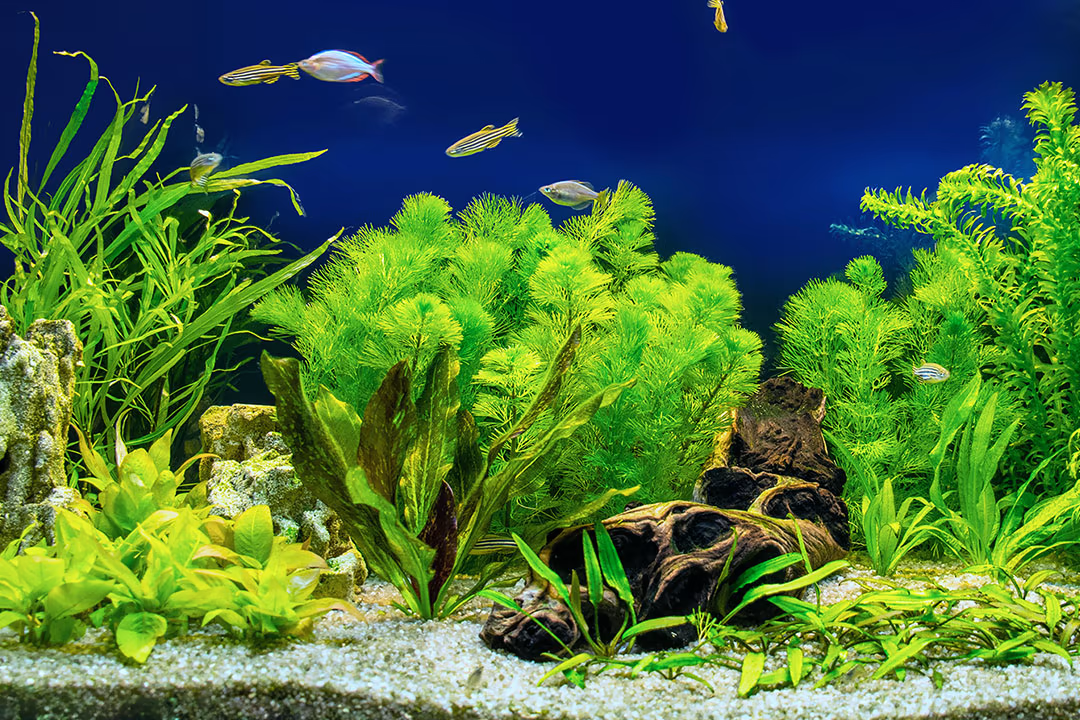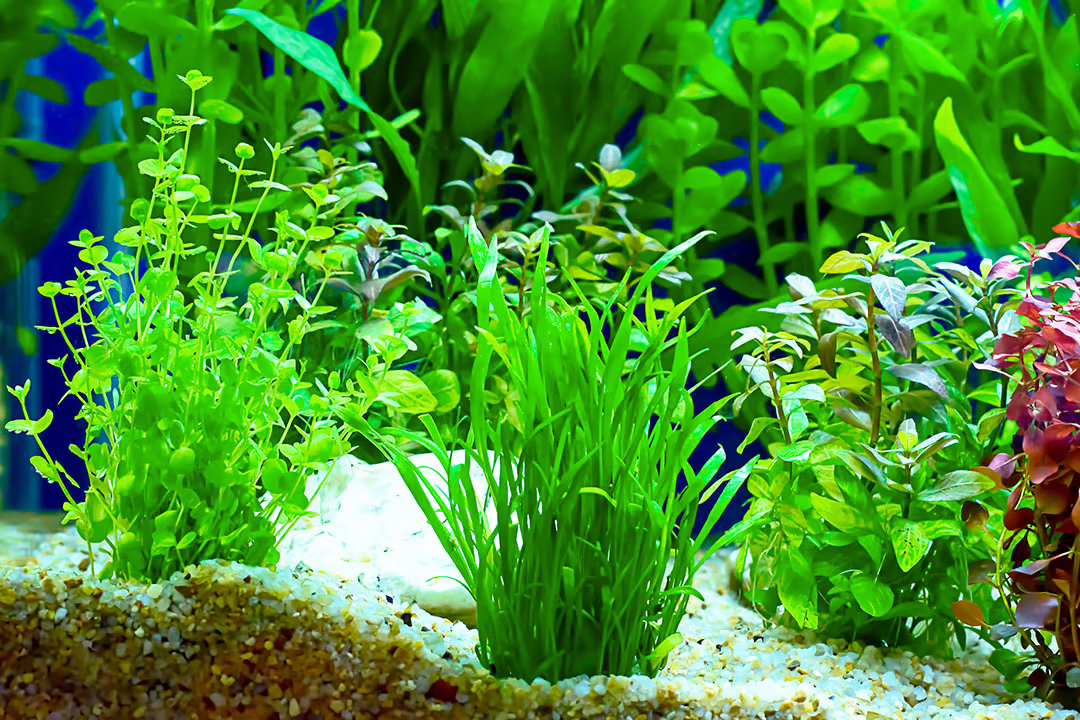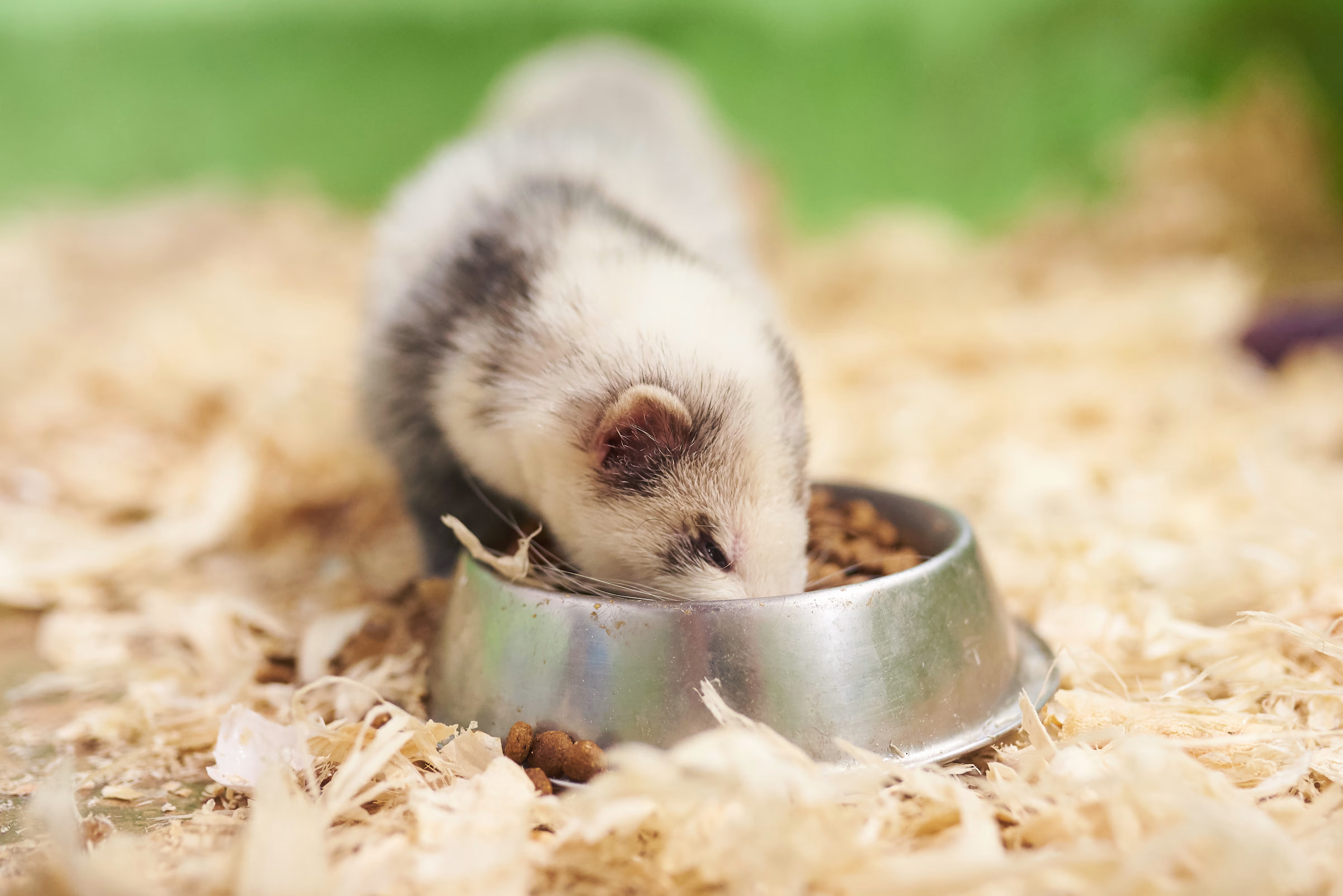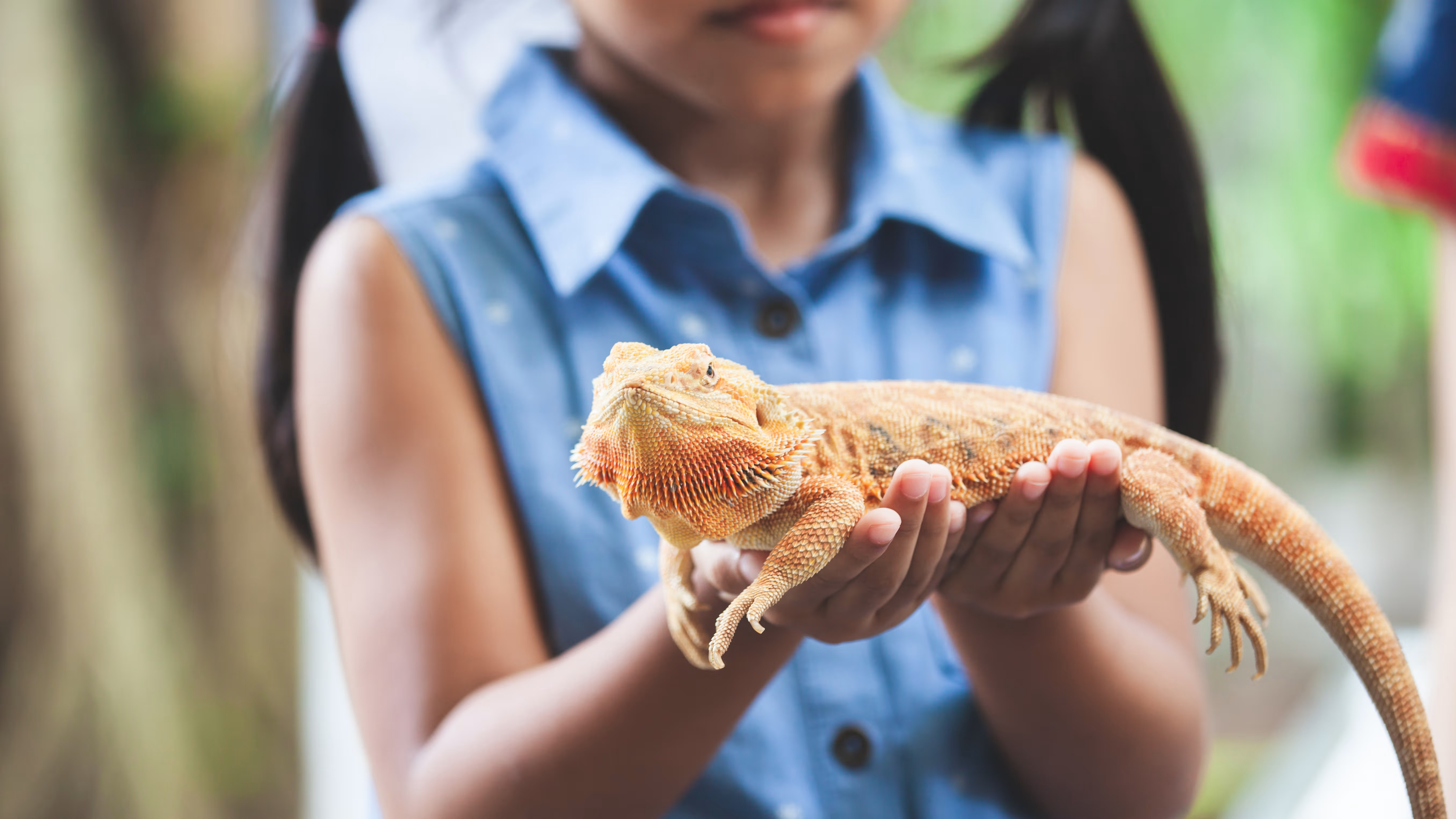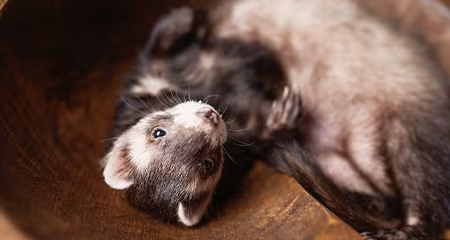Aquariums, Kits & Stands
Get It Today
Fish Tanks & Aquarium Kits for Saltwater & Freshwater Fish
From simple half-gallon fish bowls to large saltwater fish tanks, Petco offers several aquarium options to suit your style, experience level, and maintenance needs. Aquariums are a relatively easy and low maintenance way to add a unique touch to your home decor, especially with the right aquarium stand. Additionally, fish make an excellent pet for people of all ages, including children. As there are many fish tanks available at Petco, it's up to you to determine which type and style is right for your home.
Selecting a Saltwater or Freshwater Fish Tank
Selecting Your Style of Fish Tank
Frequently Asked Questions
-
The size of the fish tank you should get depends on the type and number of fish you plan to keep. As a general rule of thumb, you should allow for at least 1 gallon of water per inch of fish. However, it's important to also consider the adult size of the fish and their swimming behaviors. For example, some fish species require more swimming space than others. If you're new to fishkeeping, it's best to start with a smaller tank gradually work your way up as you gain experience.
-
1. The number of fish you can keep in your fish tank depends on the size of the tank, the size of the fish, and the type of fish. Overcrowding can lead to poor water quality, stress, and disease among your fish. As a general rule of thumb, you should allow for at least one gallon of water per inch of fish and avoid overstocking your tank. It's also important to research the specific needs of the fish species you plan to keep and make sure they are compatible with each other.
-
Some of the basic equipment you'll need to set up a fish tank includes a tank, filter, heater, thermometer, substrate, lighting, decorations, and water conditioner. The type of equipment you'll need may vary depending on the size and type of fish tank you're setting up, as well as the type of fish you plan to keep. Your electric bill be different with each tank, as different tank volumes with affect your cost per gallon.
-
Here’s how to set up a freshwater aquarium or a saltwater aquarium.
-
The best location for a fish tank is in a quiet area away from direct sunlight and high-traffic areas. Direct sunlight can lead to algae growth and fluctuating water temperatures, while high-traffic areas can cause stress to your fish. It's also important to make sure the location is stable and can support the weight of your fish tank.
-
This depends on whether you’re adding fish to a new or existing tank. If the tank is new, you should only add your first fish to properly cycle your fish tank. The aquarium must be completely cycled before new fish can be added safely, which could take a number of weeks. If adding fish to an existing tank, they must properly acclimate before being introduced to their new habitat.
-
With fishless cycling you will need to start the cycle before your fish arrive so that the tank is ready once they are received. Since there are no fish you will need to add ammonia to replicate the waste your fish will produce. Fish-in cycling should start with only a few fish. They should be fed lightly at the start then gradually increase the feeding over the next 4 to 6 weeks.
-
Keep your pet's home tidy with monthly cleanings. Even the cleanest tanks have some algae and debris — they accumulate on the sides of the tank, in tubing and filters, and on accessories. No chemical cleaners are needed. Dismantle filters and lift tubes to remove clogged debris. Stiff brushes make it easy to clean your tank. Magnetic cleaning blades or scrub brushes with long handles help you remove algae from the tank's sides.


